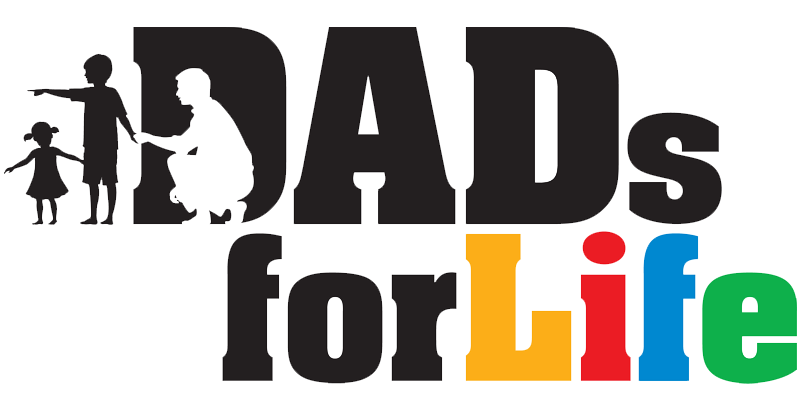“TXT ME LOSER” (Text me loser). Even the stoutest of young hearts would sink when receiving taunts like that on his or her Facebook wall.
What is Cyberbullying?
While bullying has been around for a long time, it has found new expressions through advanced communications technology in the last decade. Internet forums, Instant Messengers, video-sharing websites, e-mails, social networks, blogs, games and mobile phones are the new battlegrounds.
Cyberbullies vs ‘Traditional’ Bullies
Cyberbullying is different from traditional bullying in several ways. First, cyberbullying can happen anywhere. The usual sanctuaries like homes are not spared.
Second, the cyberbully can remain anonymous, resulting in a build-up of psychological stress as victims become suspicious of people around them. Lastly, the reach is great, and can spread very fast once the ‘taunt’ or ‘tool’ used to bully such as a denigrating video, goes viral.
Cyberbullying is not necessarily an extension of traditional bullying. Because of anonymity and physical distance, a weaker and less popular person can now become a bully in the cyber world. This also means that the victim has the ability to retaliate –in which case the victim becomes a bully and the bully, a victim. Hence, the danger of a triggering a vicious cycle of cyberbullying
Detrimental Effects of Cyberbullying
Cyberbullying is distressing. In the book Breaking the Silence [1], Ng and Rigby cite a 2006 study involving 3,488 students between the ages 13 and 17 from eight secondary schools in Singapore. The book captured heart-wrenching stories of children who were bullied online and reports that one in four children have been cyberbullied at least once. Most of them experienced it occasionally. However, at least one student in a class of 35 students has been cyberbullied fairly often.
Chong Ee Jay, Senior Executive of Touch Cyber Wellness which has been bringing cyber wellness programmes to schools over the last decade, said, “From our school engagements, we have also noticed a rising trend of cyberbullying.”
As such, dads need to pay attention to the challenges their children are facing online, and be aware that involvement in bullying -as a victim or bully- is associated with serious short-term and long-term psychological and academic consequences. Any systematic change in academic performance and deterioration of behaviour is a red flag.
In addition, dads need to take note if their children display frustration or distress after computer use. It might be a sign of being cyberbullied. Watch out for changes in mood or disposition. Look out for anxious behaviour and avoidance of computing devices.
The cyberbully, on the other hand, might be on the computer very often or even excessively. And, he or she will be agitated if unable to use the computer.
Who Do Victims Turn To?
The 2006 study on cyberbullying [1] also found that the victims would confide in their friends (60%), mothers (39%), fathers (27%) and teachers or school counsellors (24%).
Ee Jay agreed that friends are the first port of call, “Kids give up and live with the bullying because the last time they tried sharing with their parents, they got scolded instead; or parents gave them answers like, “Stop using the computer.” Kids tell their friends because the friends can empathise and some would speak up and tell the teachers.”
What Should Fathers Do?
As such, the awareness level among parents needs to be raised, and the community roped in to keep an eye out for their children –a community that includes the children’s friends.
To help their children, fathers have many good resources at hand. (See list of resources and services below) The key is that parents are responsible for guiding their children on the proper use of communications technology. They must keep up-to-date with the technologies and monitor their children’s usage.
Protection plans offered by the telecommunications companies can be tapped on. SingTel’s Family Protection, can, for example, “monitor cyberbullying” [3] by recording instant messages and social network conversations for parents to review.
Beyond these tactics specific to use of communications technology, fathers need to provide a loving and stable family environment with open communication channels as well as teach the right values.
Prevention is better than cure. But if the child is involved in a cyberbullying incident as a bully or victim, the father must step in, whether through protection or discipline. He should be empathetic and firm, seeking to understand the facts as well as underlying emotions and motivations to address them appropriately. Help from the school should be sought if needed to stop the bullying. It is vital for dads to intervene otherwise the vicious cycle of cyberbullying may carry on.
Ee Jay recalled a particularly serious incident where the father made a police report. “Fathers are looked up to by children as the defender or hero in the family. And I feel they should live out that role and protect the family,” he said.
Indeed, the father needs to be all of protector, detective, counselor and ally.
Resources:
• CyberBullying Research Center
o Preventing Cyberbullying-Top Ten Tips for Parents
o Responding to Bullying –Top Ten Tips for Parents
• Cyber Wellness Campaign in Singapore
o Cyberbullying/ Stalking & Harassment – Responding to Cyberharassment
Services:
• Singapore’s Cybersports and Online Gaming Association (SCOGA)
Others:
• Coalition Against Bullying For Children And Youth
References:
1. Ng, E., & Rigby, K. (2010). Breaking the Silence – Bullying in Singapore. Singapore: Armour Publishing.
3. SingTel (n.d.). Family Protection. SingTel. Retrieved January 24, 2012, from
About the Author: The Dads for Life Resource Team comprises local content writers and experts, including psychologists, counsellors, educators and social service professionals, dedicated to developing useful resources for dads.
First published on 28-02-2012

